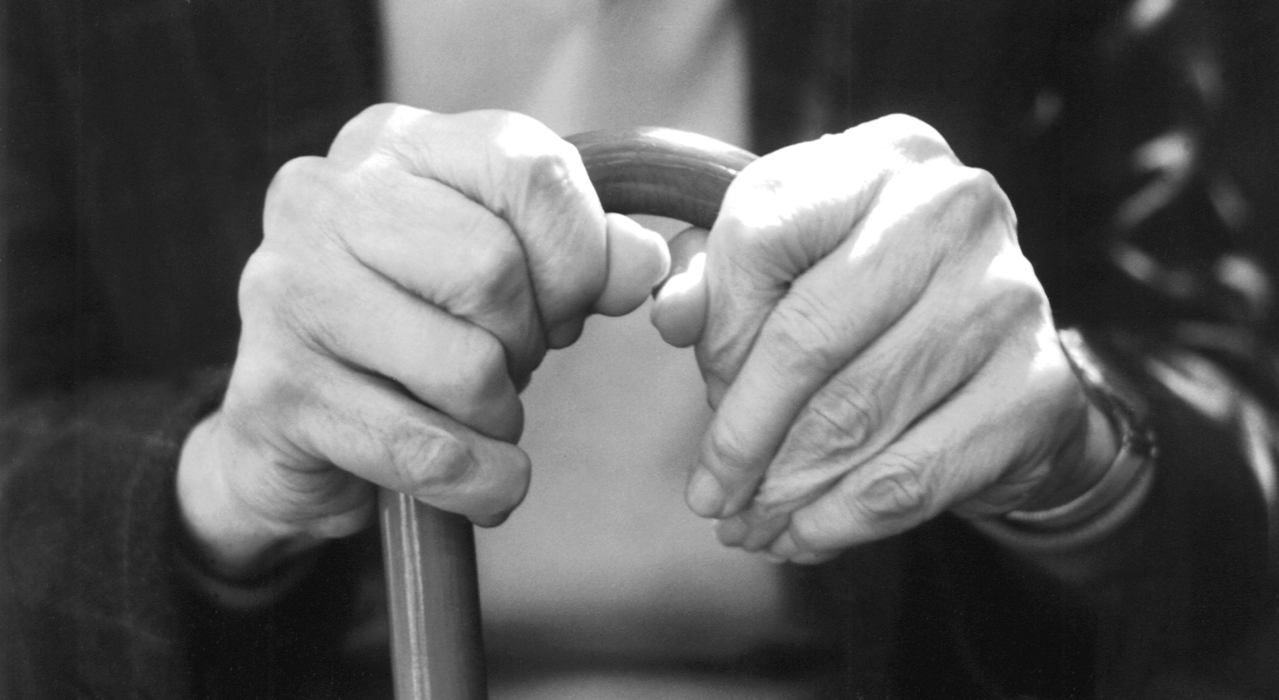Friday 1st April saw the introduction of the government’s highly vaunted “national living wage” of £7.20 per hour, which awards an additional fifty pence per hour to over-25s who were on the previous minimum wage. On the face of it this is a good thing – social care workers do an important job and deserve to be rewarded for it – but what effect is it likely to have on the sector?
The Staffing Issue and the Reality of Pay Levels
Largely because of the low rate of pay for what is often a difficult job with antisocial hours, social care has struggled to attract and retain people with the right mix of knowledge, skills and aptitude necessary to deliver a consistently high standard of care. From that point of view, any pay increase is welcome and must surely help providers to attract and recruit the best people for the job.
From the perspective of many workers in the sector, however, the real level of pay is less than the national living wage, due to breaks and travel time between clients being unpaid.
If a home care worker makes 15-minute visits to clients and has five minutes’ travelling time to get to each, then for every hour spent “at work”, they earn just £5.40. And, of course, many visits take longer than scheduled and many clients are more than five minutes apart.
So why don’t social care employers pay for breaks and travelling time, or even just pay their permanent staff a higher rate?
The Background to Social Services Funding
The introduction of the national living wage is set against a backdrop of budgets that have been squeezed steadily and consistently over many years. With central government reducing funding to local authorities, they in turn have had to drive down the fees they pay to providers of residential or home care.
Unlike retail or service industries looking to cover the cost of introducing the national living wage, social care providers can’t just put up their prices.
This is partly because the government has pushed this measure through apparently without considering how the increase in the costs of social care would be funded. Yes, local authorities have been allowed to put up council tax charges by 2%, but central government funding for other local services has also been cut, and so the money raised by the council tax increase can’t just be transferred directly to the social care budget.
What Next?
At this stage it’s difficult to know what the likely outcome will be. A consortium of care home operators has warned that as many as 9,000 care homes could go out of business as a result of the increased staff costs. Attempts to balance the books could result in a reduction in staff training and an increase in zero-hours contracts. As for locum staff, there is a danger that the funding will simply not be there for locum recruitment, meaning that those reliant on social care services may be the ones who ultimately bear the brunt of the move.
The Local Government Association estimates that by 2020, the introduction of the national living wage will add £1 billion to the £6 billion shortfall in social care funding already forecast by the Health Foundation. It seems clear this is an issue that will take positive action – most likely at a central government level – to resolve.
As always, we’d love to get your opinions on this issue, and any others that are affecting your sector, so please leave a comment below or hop over to our Facebook page. We look forward to hearing from you!





